Here is a very simple project, a hummingbird feeder.
I needed a simple project. My New Years resolution was to finish one of the many books I have been working on. Mid-February I got started. I vowed to focus all free time on the effort until it was up and available to readers. September came and I have put one book up on Amazon Kindle, I am editing the second and writing the third. Having gotten that out of the way I desperately needed a simple woodworking project to ease myself back into the swing of things.
A throwing stick for a dog is perhaps a simpler project than this one. Not much else is. Two holes in a block of scrap wood and one hole in a dowel. That is the labor involved in this project unless you want to get fancy.
We obtained a hummingbird feeder for my darling wife’s birthday.
It is a great delight to see hummingbirds at the feeder. We have tons of hummingbirds living high in the tree tops. Nice thing, they live on aphids and nectar. The problem is that hummingbirds can be very territorial and will defend feeders to keep other hummingbirds away. So my darling wife wanted more hummingbird feeders that we could put a bit of distance between.
I may have gone overboard on the hummingbird feeders.
I tried a few variations and have finally settled on using a 3/8″ diameter dowel a pop bottle, a bottle style hummingbird feeder tube with a cork end, a piece of wire and a block of wood.
The tools are I used are pretty simple as well, three drill bits.
1/8″ For Hole in dowel to hang it with wire.
7/16″ For Hole in board that a 3/8″ Dowel can freely slide in.
1-1/8″ For Hole in board for bottle to fit in.
Aluminum Wire is easy on the hands and holds up in weather.
I like using either aluminum electric fence wire or aluminum armature and sculpture wire. The stuff holds shape, holds up and is easy to use. For a light project such as this, not much is better.
Drilling neat holes can be a trick all of it’s own. Here are the basics.
Three examples of drilling
For a neat hole the ideal is like the one on the left in the picture above I left the plug in to show that it was a tight hole drilled from both sides. I drilled until the point of the Forstner bit went through the wood just like the one in the middle. Then I flipped the board over and drilled on the other side. The one on the right is an example of where I messed up. The hummingbirds will probably not care, but it is good to practice good technique even when it is not needed.
The picture is the first one I made, using scrap cedar picket. I decided I preferred a thicker board and a smaller hole after making a few.
There is no glue the board can slide up and down the dowel so you can adjust height and angle. When you hold the board, it will slide right off with no effort, but in place, it holds right where you put it. This is how a holdfast on a workbench works. Exact same principal. This makes it easy to take apart, clean and adjust. Just be careful. If you take the board down each time you will be fine. If you try to remove the bottle while leaving the board on the dowel, you may end up dropping a board on your feet.
Hummingbirds like red, so my pictures look like an ad for someone. I think however, other bottles look as nice if not even better.
I obtained the hummingbird feeder tubes with the best user reviews. If these are the best, the rest must be really horrid. I was worried that the bottles would drip out, so I made sure I used smaller bottles and filled them so that there was no air gap. The tube did not even fill. I think they may need larger tubes. If someone out there knows the cure or the definitive best feeder tube, please share it with us.
Bob
P.S. Please check out my book.
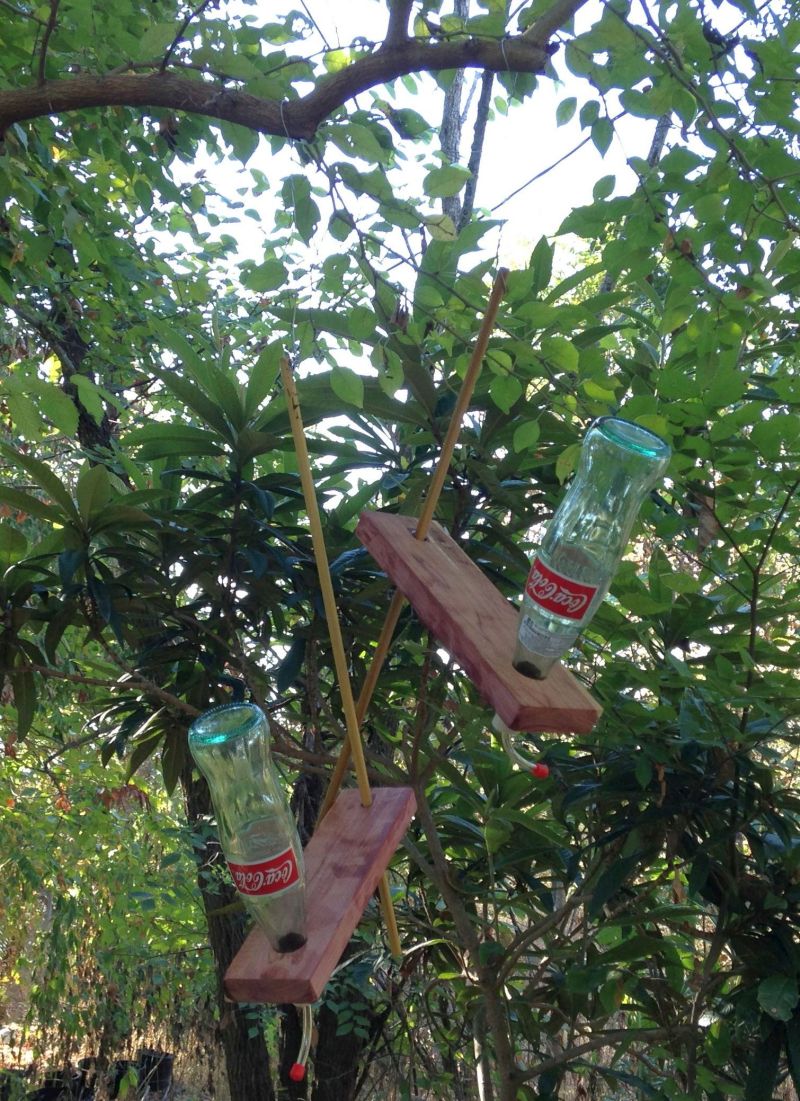
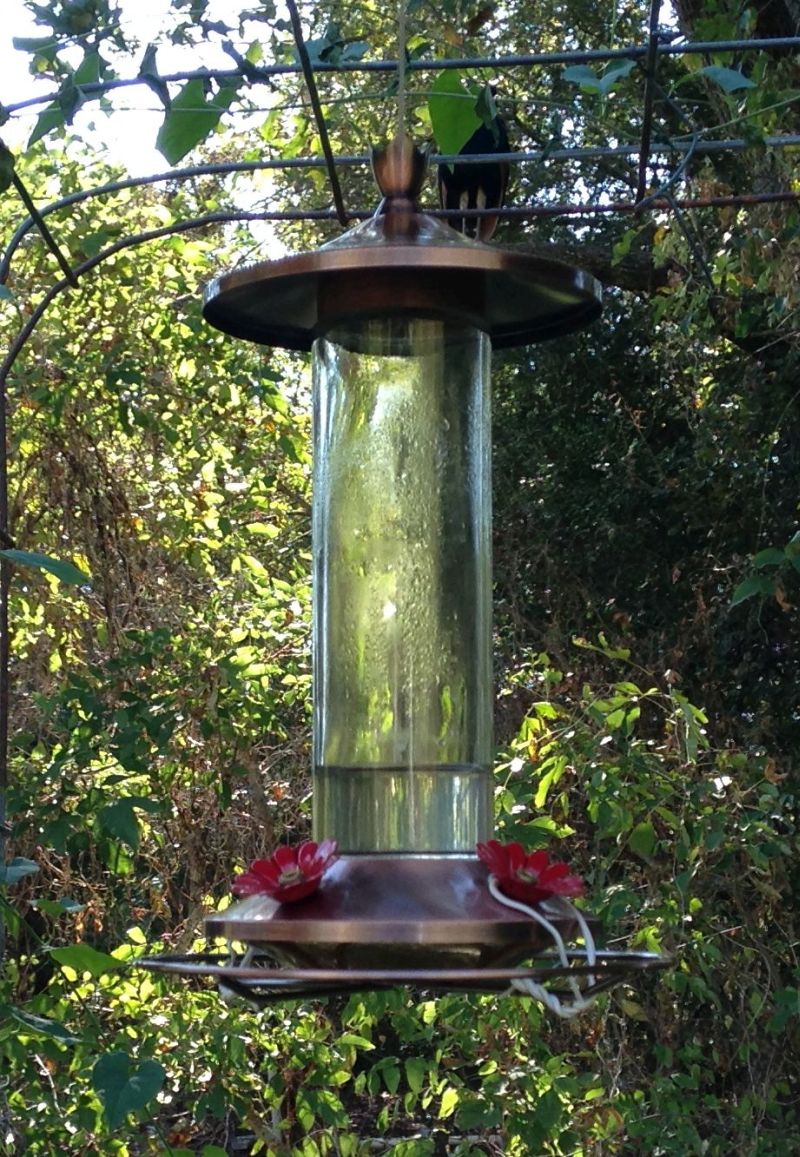



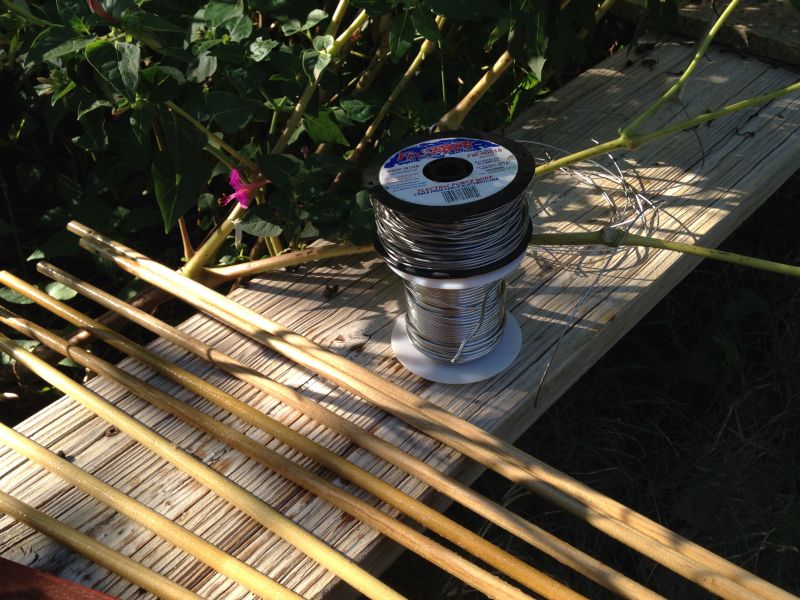


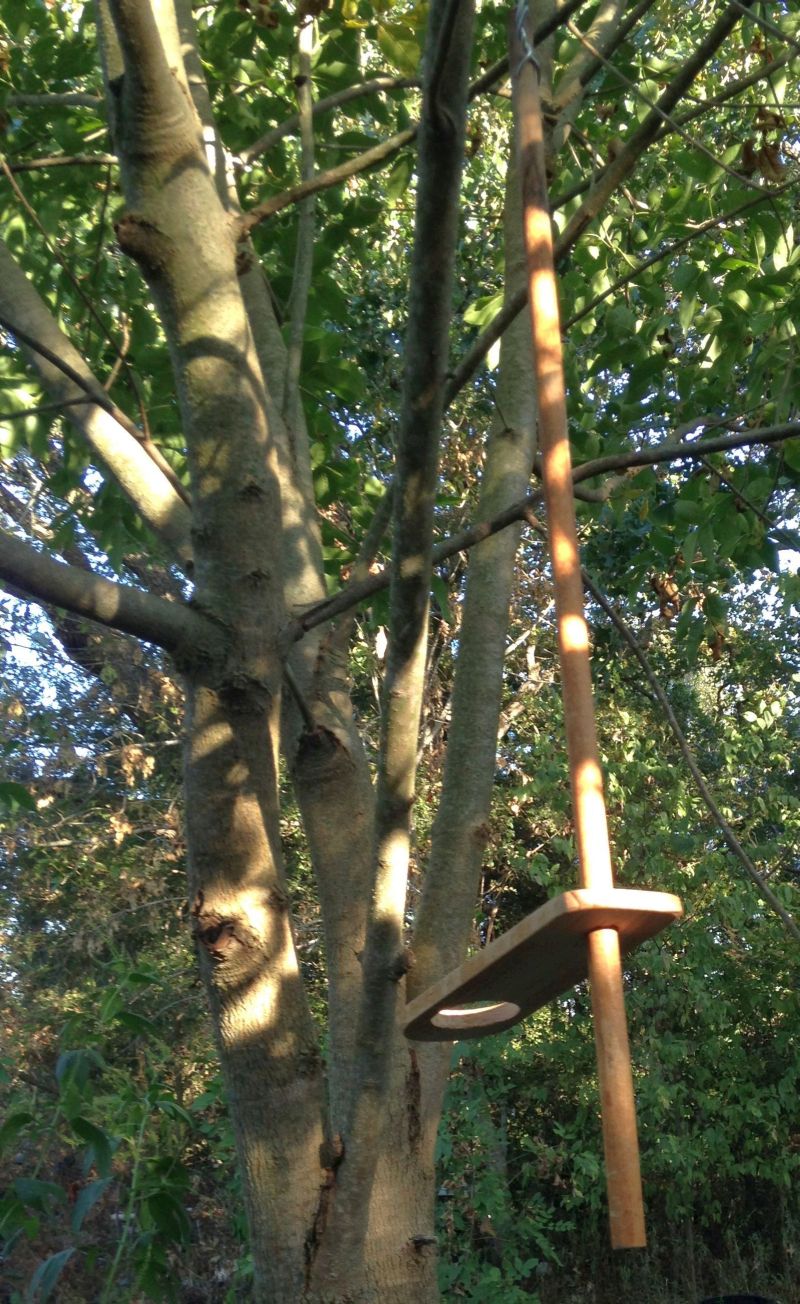
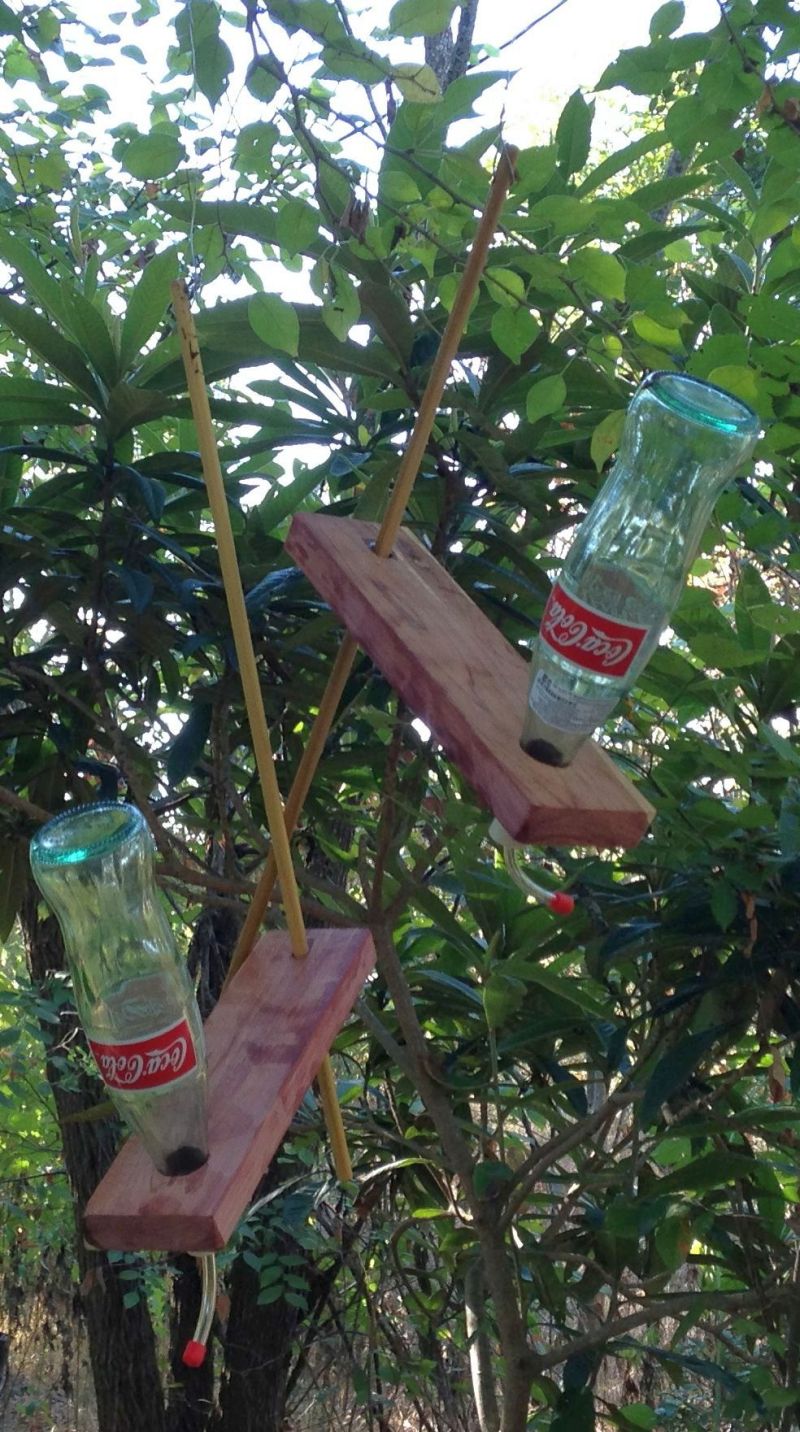

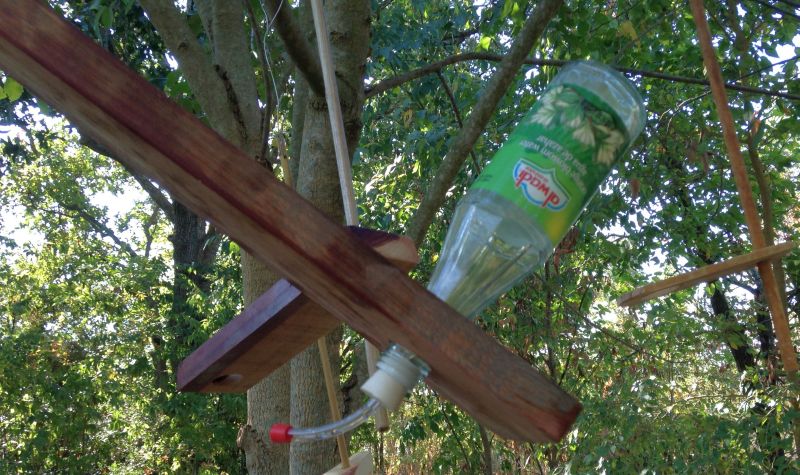
 A page Dedicated to My Writing
A page Dedicated to My Writing
Recent Comments